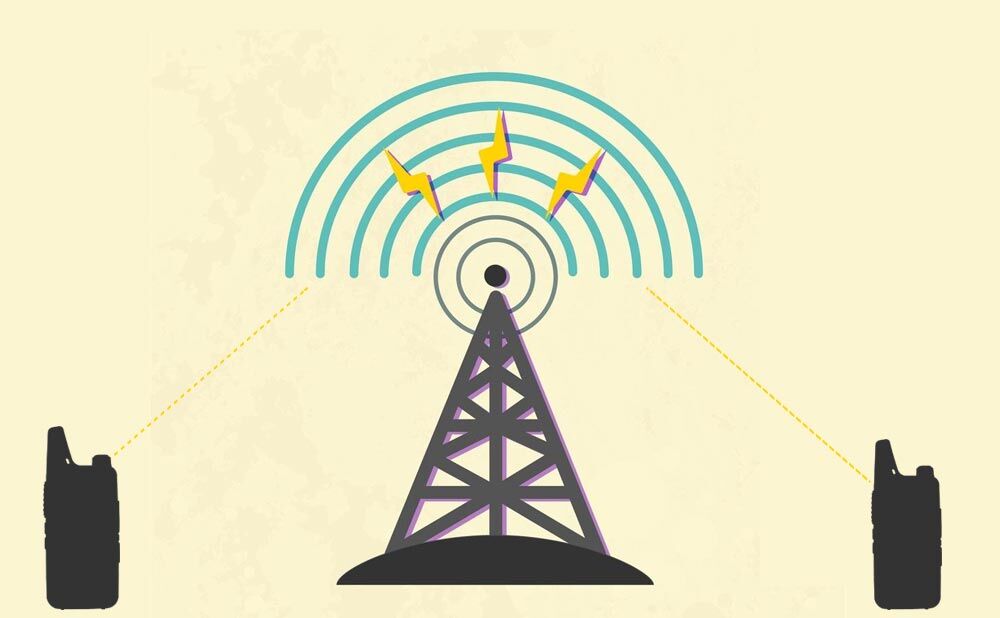+86 15093323284 hams@ailunce.com
Basic Knowledge about Radio Repeater

What is repeater ?
Signals between two stations on the ground may not be transmitted to each other due to the occlusion or terrain of the building. A hand-held walkie-talkie with a typical power of 5W cannot be connected outside the city 2km away.
To this end, people set up an antenna at a high place and set up a high-power special transceiver station, which is responsible for forwarding a signal received at one frequency (such as 434.460MHz) to another frequency point (such as 439.460MHz), so Radio stations within its coverage can be contacted by it, that is, to contact other people through it. This special transceiver station we called it repeater.
Repeaters are a little more complex to use, but they provide some great benefits. A repeater usually consists of one or two radios, one or two antennas, duplexers, and some other basic equipment. They receive a signel on one frequency and broadcast that same signal on another frequency. They often are mounted high on towers and this gives them a much better reach than antennas on your car or home.
We are enjoy using a repeater here in Zhengzhou,Henan called BR6JA. The repeater has this configuration:
· Downlink: 439.400
· Offset: -7 MHz
· Uplink Tone: 118.8
· Downlink Tone:118.8
Let's make sense of this data:
Usually the frequency we are talking about refers to the downlink frequency.
Downlink: This is the frequency that the repeater uses to transmit. In other words, when people use a portable walkie talkie talk on this repeater, this is the frequency you use to hear them.
Uplink: The receiver listens on this frequency. If you want to talk to people who are listening to this repeater, you need to transmit on this frequency.
Offset:
Generally, when using a repeater device for communication, different transmission and reception frequencies are used, and the frequency difference between the reception frequency and the transmission frequency is called a difference frequency (RPT SHIFT).
The difference frequency is further divided into upper difference (RPT+) and lower difference (RPT-). Generally, the lower difference is used, that is, the transmission frequency is lower than the reception frequency. Taking BR6JA relay as an example: the transmission frequency is 439.400MHz, the receiving frequency is 432.400Mhz, The difference between they two is 5Mhz. We called it a 5Mhz lower difference. So the offset is -5Mhz.
Uplink/Downlink Tones: Your radio must transmit this tone to open the squelch on the repeater (more on this in a moment). The repeater will use the same tone to transmit, so we can configure our radio to listen for that tone and only open our squelch when it is detected.











